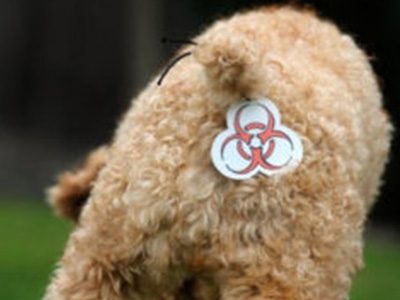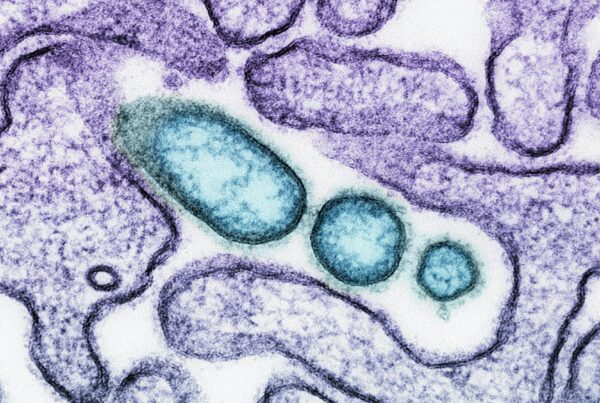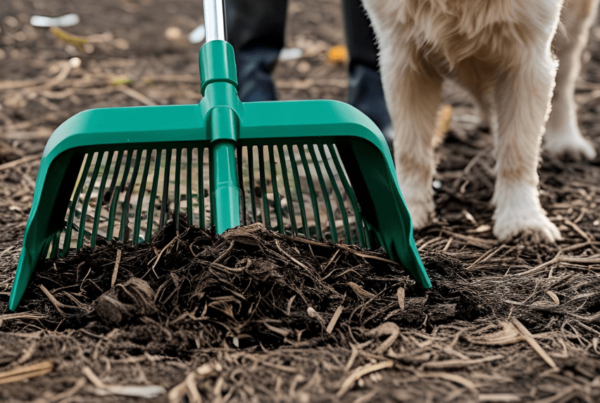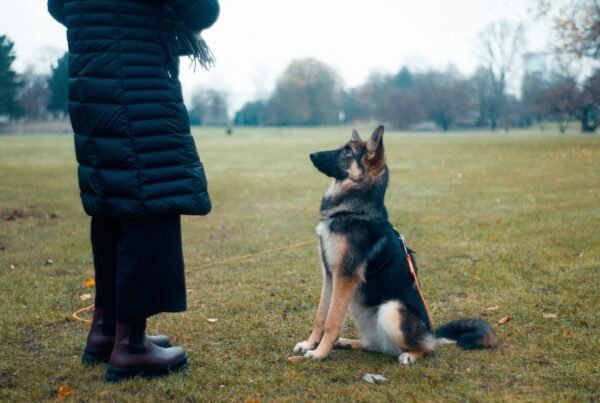by Ryan O’Quinn, February 13, 2018
Ignorance is bliss
I’m going to go out on a limb here and assume that most dog owners (or people in general) mainly regard dog poop — especially that which has not been properly picked up and disposed of — as more of a nuisance and blight than of the actual danger and health hazard it really is. The fact is dog poop is a biohazard.
The dangerous “doo doo” facts:
1. Nearly two decades ago, the Environmental Protection Agency (EPA) classified pet waste as a dangerous pollutant in the same category as toxic chemicals and oil.
Did you know that one gram of dog poop can contain 23 million fecal coliform bacteria, which are known to cause cramps, diarrhea, intestinal illness, and serious kidney disorders in humans? Probably not.
The EPA even estimates that two or three days worth of waste from a population of about 100 dogs would contribute enough bacteria to temporarily close a bay and all watershed areas within 20 miles of it to swimming and shellfishing.
Additionally, the EPA explains that the decay of your pet’s waste actually creates nutrients for weeds and algae that grow in the waterways. As these organisms thrive on your dog’s waste, they overtake the water by limiting the amount of light that can penetrate the water’s surface. As a result, oxygen levels in the water decrease and the fish and seafood we eat can be asphyxiated. This, in turn, eventually leads to a host of other bacterial-related problems in our waters.
2. Dog poop is NOT good fertilizer. It’s toxic to your lawn and other organic matter in your yard. The high nutrient (nitrogen) concentration in dog poop will burn and discolor the grass, creating “hot spots”. This is mainly due to dogs’ high protein diets.
3. Poop left unscooped in your yard is carried by surface runoff (also known as overland flow) which is the flow of water that occurs when excess stormwater, meltwater, or other sources flows over the earth’s surface. It is the primary agent in soil erosion by water and is washed into storm drains, ending up in far away streams, rivers, and groundwater.
4. The U.S. Center for Disease Control and Prevention (CDC) confirms pet waste can spread parasites including hookworms, ringworms, tapeworms, Salmonella and several other dangerous viruses and bacteria. When infected dog poop comes into contact with your lawn, the poop will eventually “disappear”, but the parasite eggs can linger for years. When humans or animals come into contact with that soil through everyday activities like walking barefoot, playing or gardening, they risk infection from those eggs — even years after the poop is gone. Parents, think of your little ones playing in the yard!
5. Dog poop often contains roundworm larvae, which may cause blindness. If a human ingests a roundworm larva, it can migrate through the body causing disease to the brain, lungs, kidneys, liver, heart and/or eyes. So, when people (especially children) touch soil, dog toys or anything that has been in contact with dog feces and then touch their mouths, they can potentially become infected. Another reason why handwashing is so important, especially concerning children.
What You Can Do
The EPA discovered from a survey that 40 percent of the people who lived in the area immediately surrounding the Chesapeake Bay — an area which experienced significant pollution throughout much of the 1990s — did not pick up after their dogs because it was “too much work.” Being that people are so busy these days, it’s very easy to overlook the consistent cleanup necessary to keep your family, pets and yard healthy. If too little time, the yuck-factor or any other reason prevents you from picking up after your dog regularly, you may want to consider acquiring services from a professional pet waste management company to prevent dog waste from becoming an overwhelming problem, as it can do so quickly.
Others neglected to do so because they assumed it eventually goes away, or because the dog deposited the feces in an area far from the water, such as in the owner’s yard or in the woods. For all of these reasons, EPA says, “The reluctance of many residents to handle dog waste is the biggest limitation to controlling pet waste.”
So, in essence, the cycle begins and ends with you and me — US. The findings and surveys conducted by the EPA and CDC date back to the 90s. It’s my opinion that most pet owners have evolved to become more responsible and diligent about confronting the unwanted, burdensome side of pet ownership. However, unfortunately, there still are those who have not quite jumped on the “responsible pet-owner bandwagon” yet, so to speak. Thus the reason this information needs to be disseminated.










I live Iive in an apartment and have a dog as do many other tenants. I pick up my dogs waste, most don’t. A comment was made that the waste is actually fertilizer. so its good for the lawn. I was speechless. What is a quick answer, which is the only amount of time people will allow a reply, Ican give to rebut that argument? Thanks